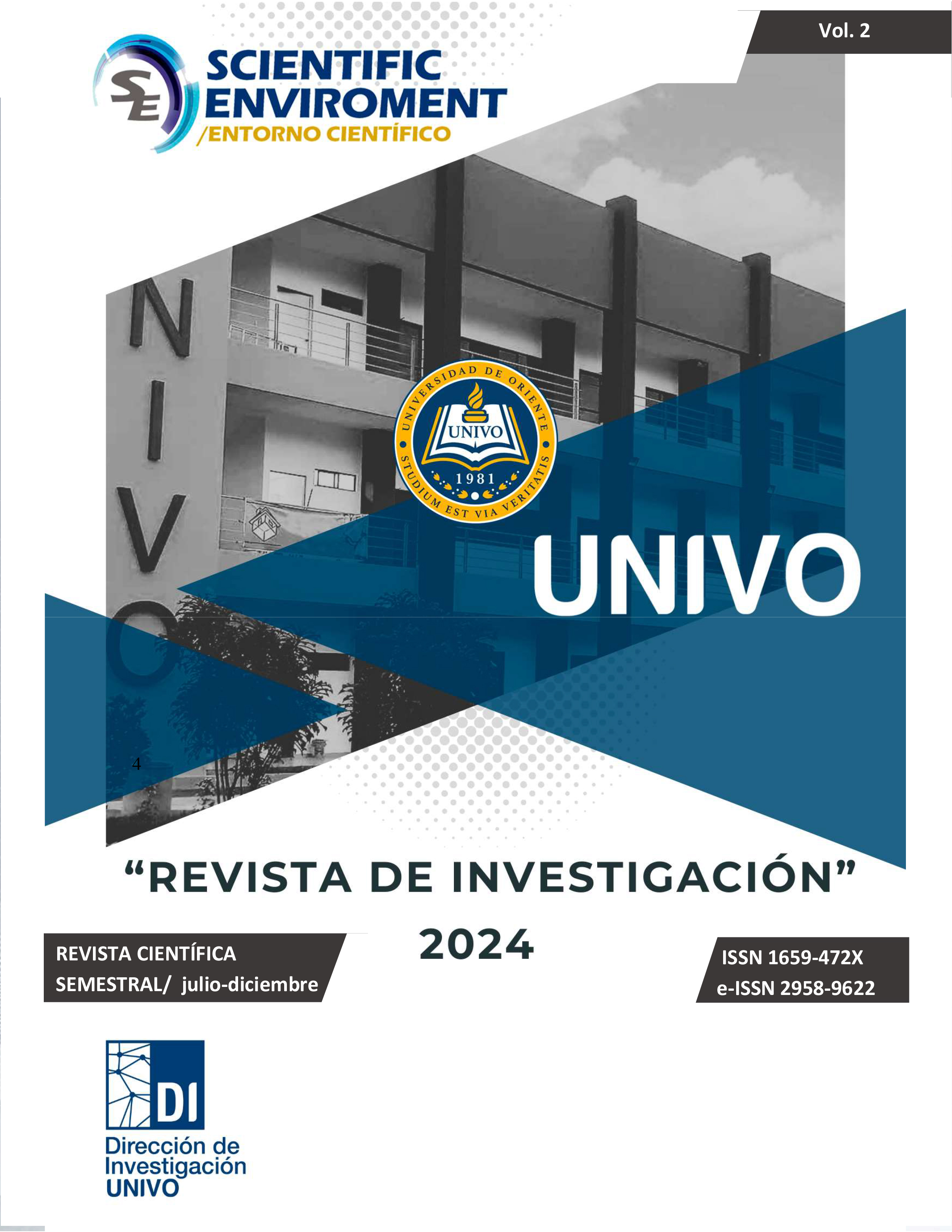Impact of Educational Educational Assessment on Student Learning in Higher Education
Main Article Content
Abstract
This work is aimed at strengthening the thinking and practice (praxis) of educational evaluation led by teachers at the classroom (micro) level. It presents the differences between the so-called educational evaluation and the educational evaluation, the latter being the didactic alternative so that students become self- and partner-taught throughout their lives, in addition to placing evaluation as the backbone of the educational and personal and group learning process.
The differences are established between evaluation of learning and education, with the understanding that learning is not necessarily educational and that the same evaluation, if not assumed by learners in an awareness-raising manner, can become an alienating and even deforming practice of the learner., of teachers and their educational cultures, making it a hindrance and even an obstacle to achieving better levels of quality in education itself and the respective learning involved.
The work ends by exposing the generic guidelines on how to practice “Educational Evaluation” at the classroom level in an effort to make this process a didactic resource for students and teachers, directly integrated into the qualitative, rather than quantitative, achievement. of formative and didactic-instructive educational objectives, typical of education, while moving away from other ways of doing micro-evaluation for administrative, political and/or control purposes. It is pertinent to highlight that evaluation is, more than measurement; The latter is only a resource of the former and acquires educational meaning if and only if it contributes to student development.
Article Details

This work is licensed under a Creative Commons Attribution-NonCommercial-ShareAlike 4.0 International License.

